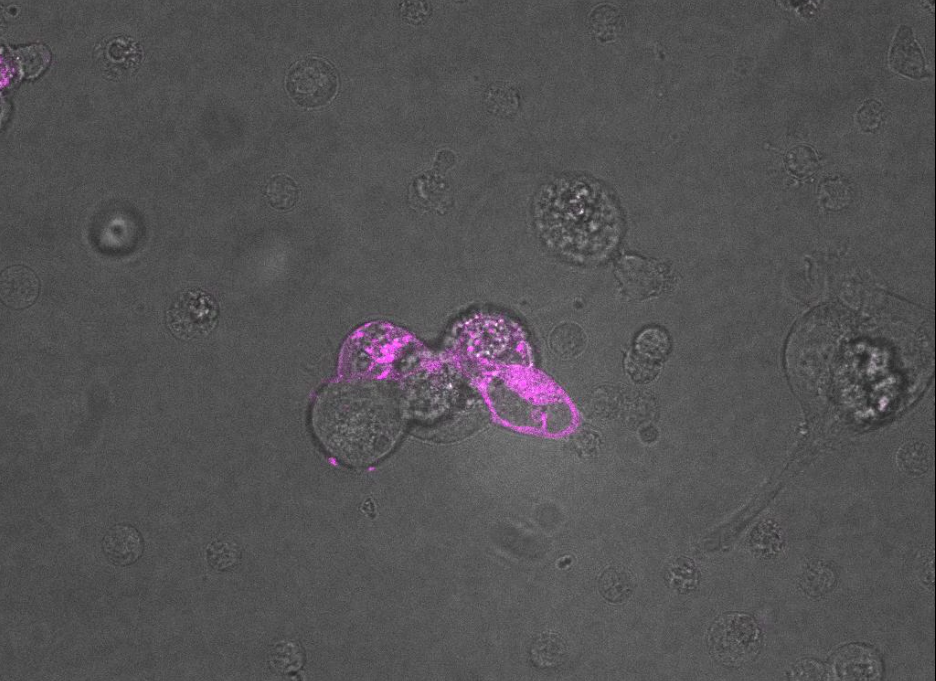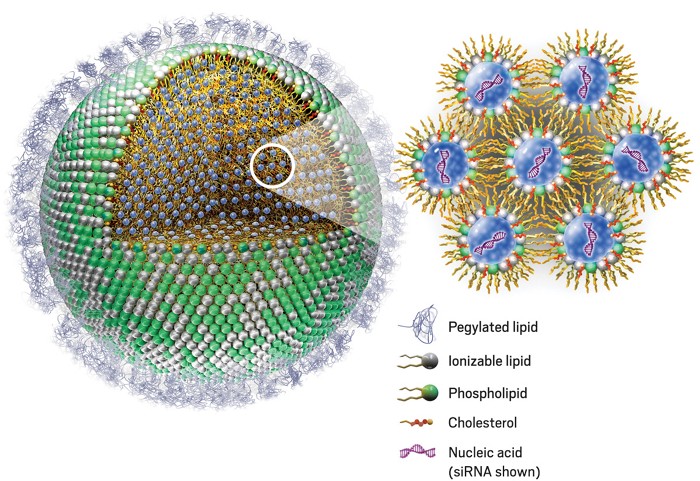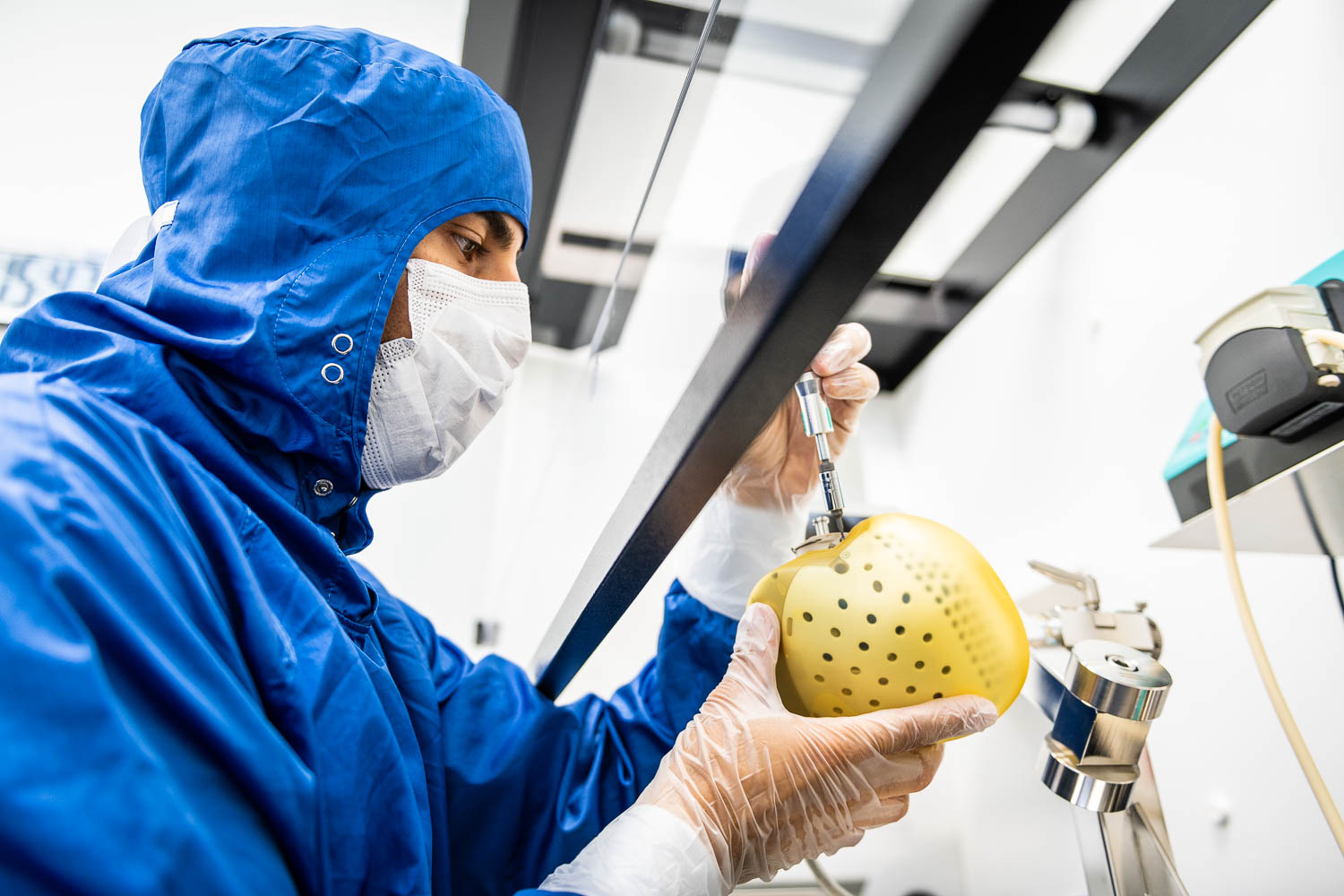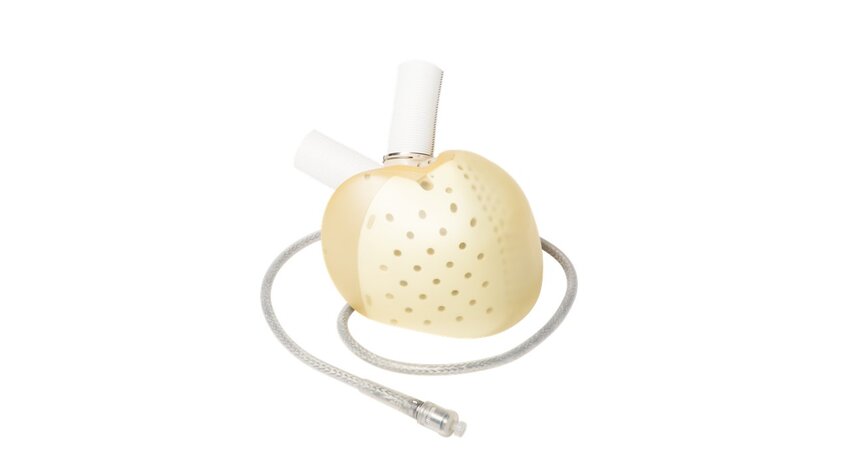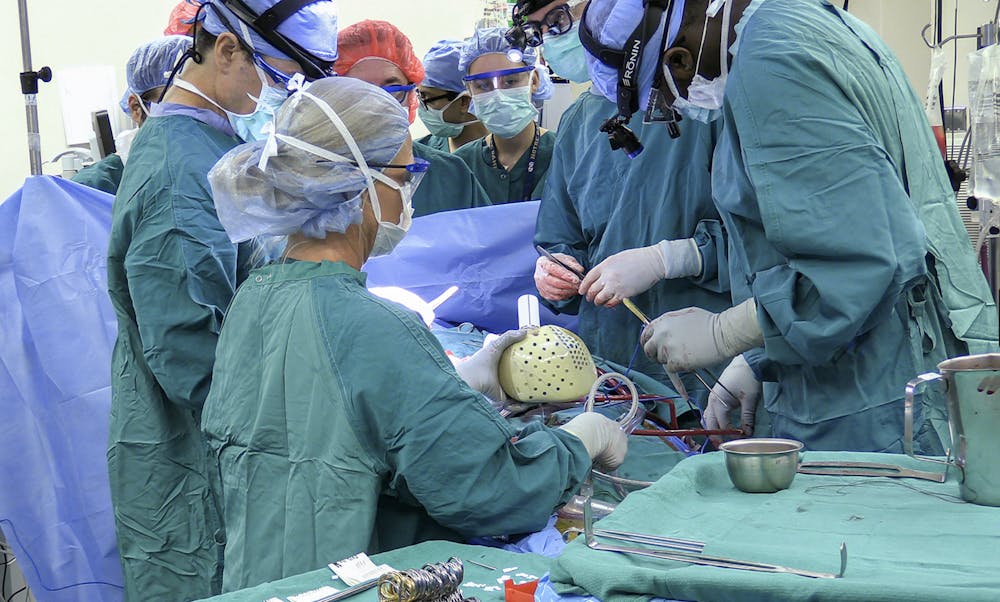A study being conducted at the University of Florida is investigating a correlation between the use of social media during the COVID-19 pandemic and a change in tic severity for adolescents with Tourette syndrome.
Background
Tourette syndrome is a type of tic syndrome often present at a young age even as early as 2 years old. Tics are sudden movements, jolts, or sounds that those with tic syndromes feel the urge or are compelled to do. Often times it is compared to the urge of a sneeze where the person will feel great discomfort if they do not perform the tic. That being said, tics have the urge to be suppressed but not without causing discomfort to the individual.
Often times, people confuse and associate Tourette’s syndrome with coprolalia. Coprolalia is a specific type of phonic or vocal tic in which people shout obscene language. This specific type of tic is very rare and only affects around 10% of those diagnosed with Tourette’s Syndrome.
Study
After analysis of a patient population of surveys completed by adolescent individuals (n=20) with ages ranging from 11 to 21 years old, the researchers found statistically significant data showing that social media use, and increased social media use during the pandemic, causes an increase in tic severity and frequency.
- 90% reported using social media more frequently during the pandemic
- 65% reported using social media for an average of 6 hours per day
- 50% reported that social media negatively impacted their tics
- 85% reported that their tic frequencies worsened during the pandemic
This study was recently highlighted by both the University of Florida and the American Academy of Neurology (AAN) for its findings related to the implications of the pandemic on the mental health of adolescents. The researchers plan to add new participants to the study to strengthen the data and gain new insights.
This research is important as it can help to identify possible stressors for those with tics and work towards providing relief from tic symptoms for those with Tourette’s.
This article is based on the following sources
– American Academy of Neurology. (2022, February 28). Study: Tic severity linked with social media use for teens during pandemic. https://www.aan.com/PressRoom/Home/PressRelease/4961
– Centers for Disease Control and Prevention. (2020, May 13). Five Things You May Not Know About Tourette Syndrome. https://www.cdc.gov/ncbddd/tourette/features/tourette-five-things.html
– Mayo Clinic. (2018, August 8). Tourette syndrome – Symptoms and causes. https://www.mayoclinic.org/diseases-conditions/tourette-syndrome/symptoms-causes/syc-20350465
– Tourette Association of America. (2016, May 21). Understanding coprolalia: A misunderstood symptom. https://tourette.org/resource/understanding-coprolalia/
– University of Florida News. (2022, March). Heavy social media use may be linked to increase in tic severity. https://news.ufl.edu/2022/03/social-media-use-and-tic-severity/

